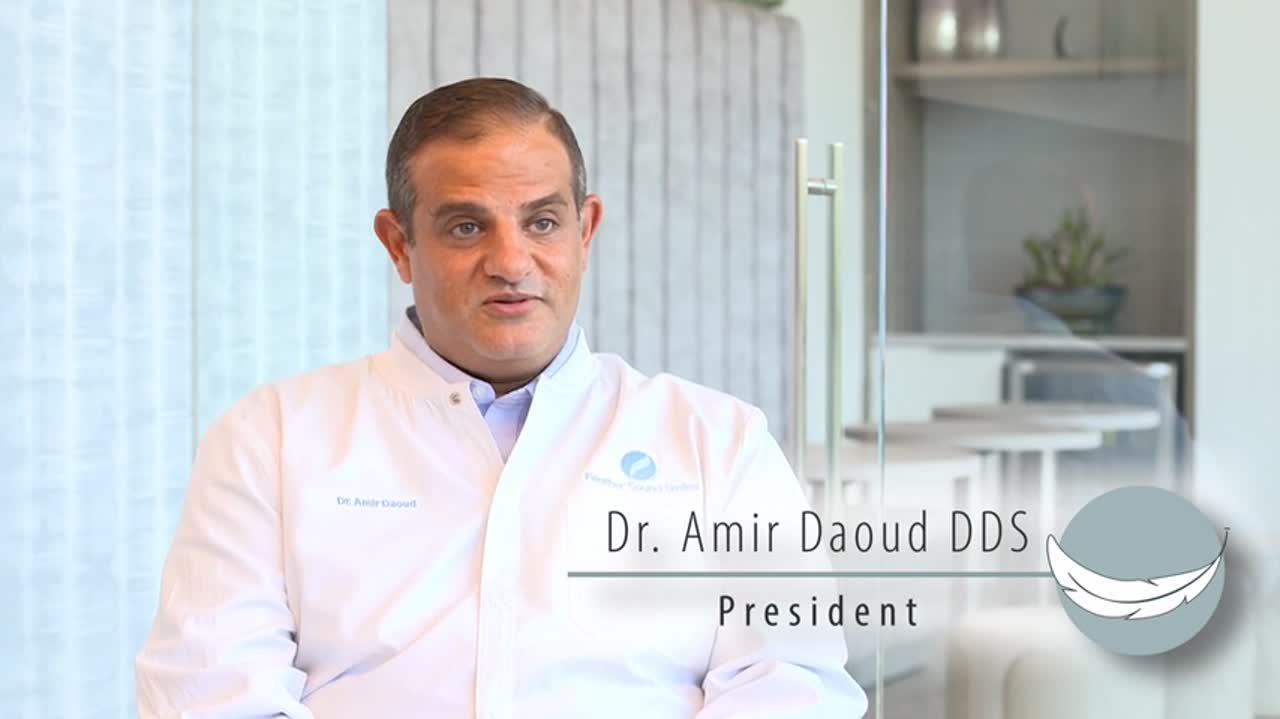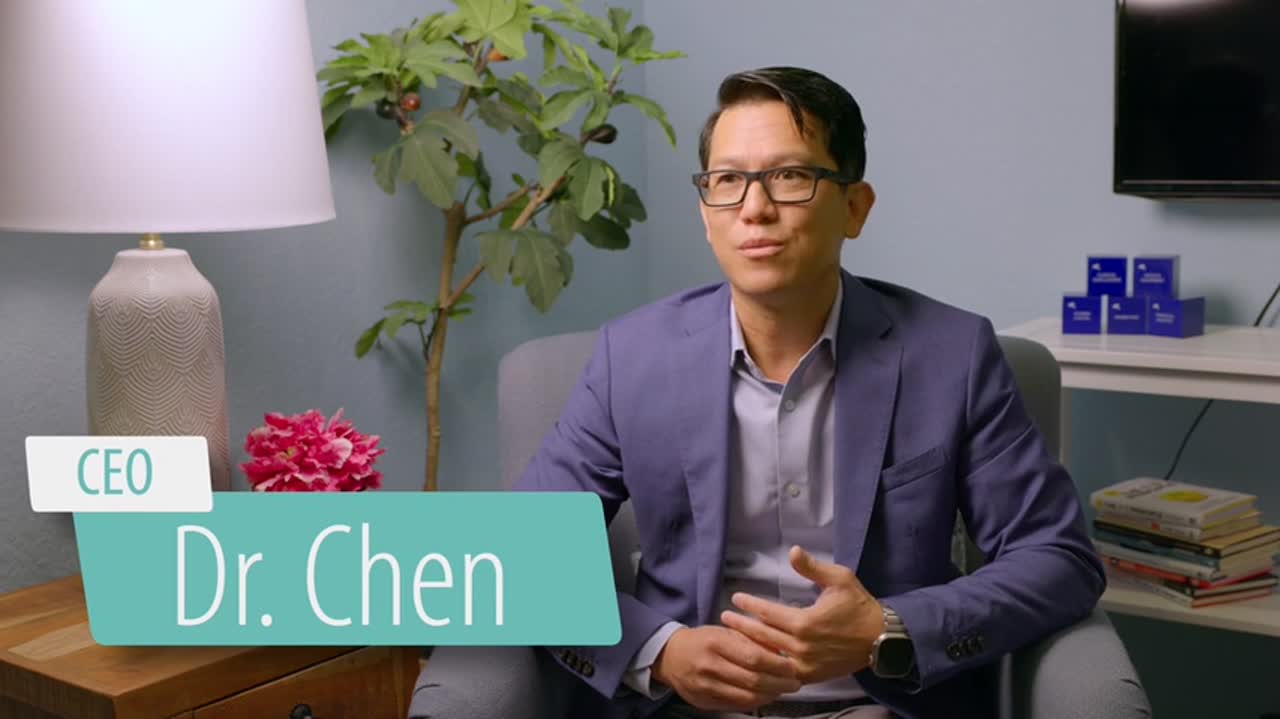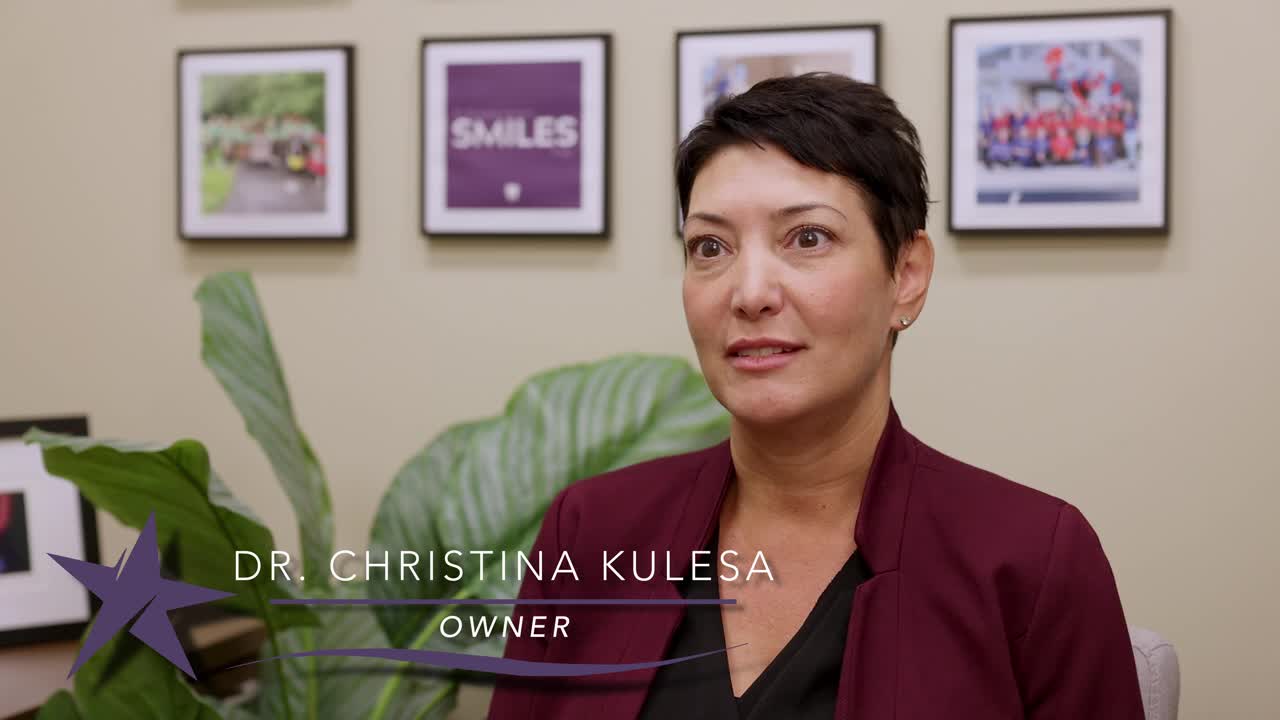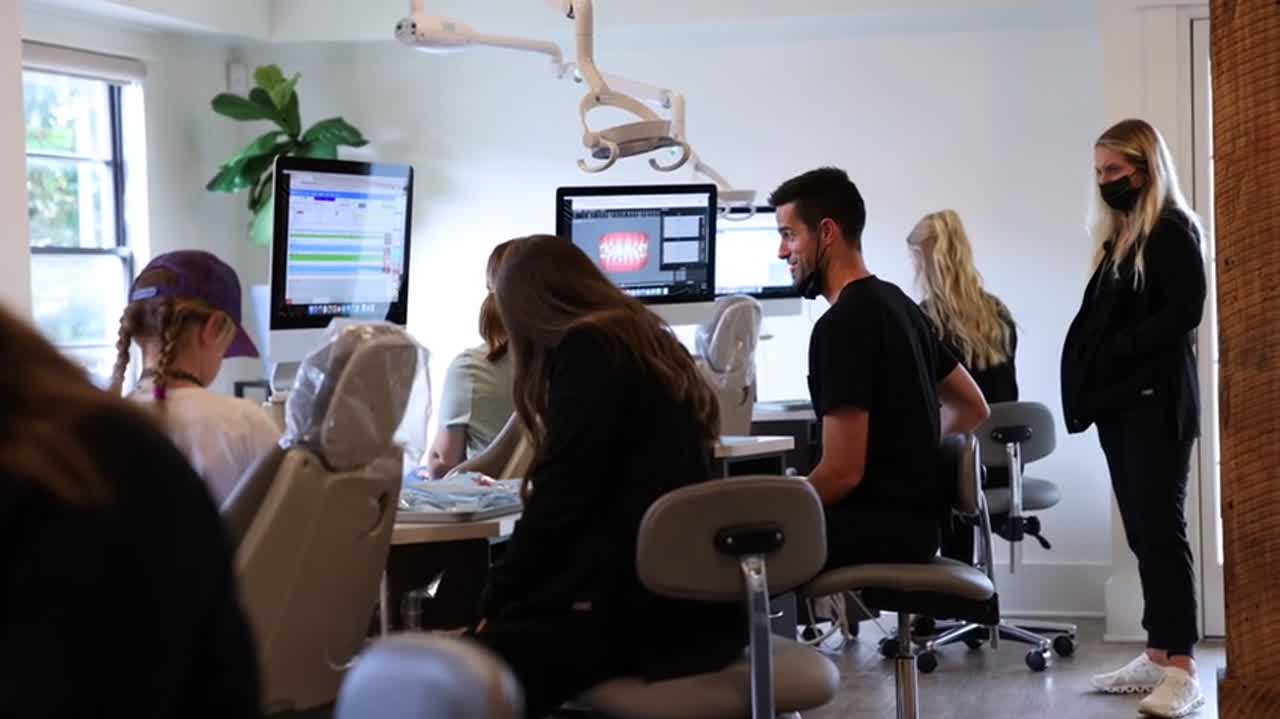The Geier Code: Unlocking Success in Change, Capacity & Cash Flow (Part 1 of 3)
It’s a well-known maxim: “Change is the only constant.”
Yet, for something so inevitable, the mere thought of change will halt business growth like nothing else. I’ve seen it time and time again—especially when business is going “just fine.”
I’m here to tell you that if your private practice is going “just fine,” it’s time to get 100% honest with yourself because “just fine” are a couple of the most dangerous words for your business.
If you’re okay with things being “just fine,” you are officially in the danger zone. I know hearing this may make you a little uncomfortable but it’s time to get comfortable being uncomfortable—because that’s where the real growth comes from.
Take Action Now: How Change and Capacity Impact Your Cash Flow
The topic that everyone always wants to dive into is “cash flow.” And I love talking about cash flow. I have a lot to say about how you improve it—which will be coming in Part 3 of this blog series.
But before we tackle cash flow, there are two critical steps you need to understand first:
- Change – We’re talking about changing your mindset, your focus, and your energy. It’s the first step that most people are reluctant to take, but the most critical one that allows everything else to follow. Let me be absolutely clear: your cash flow will not change, if you don’t change.
- Capacity – This is your ability to create value. Capacity is both physical (your building, equipment, etc.) but more importantly, it is mental capacity that is the greatest challenge. And because it’s so difficult to master, it reaps the greater reward.
So, here’s the simple formula: when you change, your capacity changes, and then your cash flow changes.
You cannot skip the steps. You can’t decide that you’ll focus only on cash flow while neglecting change or capacity, and then expect to see results. There are no shortcuts.
Change and capacity are crucial for cash flow, which is why I’m dedicating a talk to each topic—it’s how I’m creating value for you to thrive.
With that being said, let’s dive into Part 1 of this blog series: change.
Get Motivated to Change—Even When You Think You Don’t Need it
Change is never easy. It’s much easier to stick to the status quo, to not rock the boat. “If it’s not broke, don’t fix it,” right?
People are more likely to act on change to avoid loss and a whole lot less likely to change for gain. A big part of that is an inability to see in the long-term. For most private practice owners, envisioning that long-term reward is difficult because they don’t know what’s truly possible. The thought of owning a 5-million-dollar practice seems outlandish. The thought of spending less time chair-side and more time with loved ones, a far-reaching fantasy.
Because those dreams seem far-reaching, it’s easier to settle back into your comfort zone and ignore the little voice in the back of your head that’s telling you things could be better. Especially when your practice is going “just fine.” Which is precisely why those two little words are so dangerous. They provide a false sense of security.
Here’s something that might help cement the concept for you: when you ask your significant other if everything is okay and they reply, “I’m fine,” that’s typically a universal given that things are, indeed, not fine.
All of this to say, if “just fine” is your response to how you feel about your cash flow, your private practice, your life…it’s time for change.
The first step is realizing it’s time and wanting to change. And let me be very clear: the only way this works is if you own that you need to change.
The first step? It starts with your mindset.
Everything Starts With You: Thoughts Become Energy
Have you ever heard of the Law of Attraction? If you haven’t, this law can be summed up as, “positive thoughts reap positive rewards and negative thoughts reap negative outcomes.”
It’s simple yet life-changing when put into action.
To be clear, the Law of Attraction isn’t “toxic positivity.” We’re all going to have bad days, and it’s okay to feel upset, sad, or frustrated when those bad days happen. It’s part of being human. The key is to not let it consume and take over your mind.
Thoughts are powerful. They’re the seeds of our small day-to-day actions, which build up to larger outcomes, and ultimately, shape our lives. So when you’re consumed by negative thoughts, you communicate and exude negativity—whether you intend to or not.
I want you to think about how you respond to negative people in your life. When someone comes to you complaining about their job, their home, their kids…how do you feel? Do you feel excited, happy, and motivated about life? Or do you feel drained and de-motivated to do much of anything?
Now, take that feeling and realize that this de-motivating energy is what you exude to your team when your mind stays rooted in negativity. It creates friction, halting any means of growth. Alternatively, if you communicate positivity and exude positive energy, you can motivate others to act for you. They will feel excited and energized by your positivity energy.
But remember, it all starts with you generating internal positive thoughts, which leads to external positive communication and energy, and then positive outcomes. Positive attracts positive—it’s as simple as that.
The Science Behind the Law of Attraction
If the concept of Law of Attraction is new to you, I know this can sound “woo-woo.” Yet, it is continuously practiced by the happiest, most successful individuals—and it is, indeed, backed by science. There has been countless studies and research completed in the field of neuroscience on the how gratitude can literally change the brain.
There is a study I found exciting, which found that the part of the brain from which you experience anxiety is the same part which you experience gratitude—so you can’t be grateful and anxious at the same time. By simply thinking positive, grateful thoughts, you can combat anxious, stressed energy.
You now possess this knowledge, and it’s powerful. What you choose to do with it is entirely up to you. If you want more in your life—more happiness, more cash flow, more of all the good, positive things—it’s absolutely critical to train your mind to overcome negativity.
Of course, training your mind to overcome the negativity is easier said than done. So here are two tips I want you to begin practicing:
- Begin removing negativity from your vocabulary. The next time you find yourself thinking, “I can’t,” tell yourself, “I can.”
- Reframe tasks as opportunities. For example, instead of, “I have to exercise today,” which signals to your mind that this is a chore you don’t like doing, reframe it by thinking, “I get to exercise today.” Or, it’s not “I have a cash flow problem,” it’s “I have a cash flow opportunity to grow.”
This mindset shift, one that focuses on positivity, is the single greatest thing you can do to improve not only your practice but your entire life. Talking about mindset isn’t as sexy or glamorous as talking about cash flow, but please trust me when I say that it is the foundational element that is going to allow everything else to happen.
When you look in the mirror and own the fact that you need to change, and begin practicing positivity, you’re ready for the next step: mastering change.
Hack the System: Don’t Wait for Change to Happen, Master It
Have you ever noticed that actual change often requires a crisis? Whether it’s a distressing phone call or a sudden family emergency, you find the motivation to act because you must. You’re pinned against a wall and there’s no other option.
I want you to think back to any emergency you have experienced. A flooded basement. A fraud alert on your credit card. An impending hurricane. A late-night trip to the ER because you don’t know why your dog won’t stop vomiting.
Now that you have an emergency in your head, think back to how you responded. You were, most likely, laser-focused on the immediate priorities you had to address, and you took action quickly. You weren’t consumed by all the other little problems that typically occupy your mind.
Instead, you faced the emergency head-on. You went into action regardless of whether you felt prepared, and everything worked out because you acted. You didn’t sit and ruminate in all the negative thoughts, feeling overwhelmed. That’s ineffective.
Taking action—even if you don’t feel prepared—is effective.
Let me give you another example: recently, my daughter was in a car accident. She called me crying and verging on hysterics. Did I begin asking where we were going to bring her car in for repairs, or how we were going to get the car there? No. I addressed the immediate priority, “Are you hurt?” When we’re faced with an emergency, the important items that require your attention suddenly become clear. It’s almost as if it’s magic.
Except it’s not magic. It just forces you into action. Emergencies have a way of changing your behavior, allowing you to see with clarity what needs to be addressed and motivating you to take action.
Let’s think back to a bigger example. One that we all experienced back in 2020 when the world shut down. Private practice owners were faced with an impending emergency, and the ones that thrived were the ones who were forced into paying close attention to all areas of their business to remedy their cash flow emergency.
They began taking a close look at payroll. They began analyzing and uncovering expenses. They began paying attention to areas of their business that they hadn’t looked at in years.
And what came out of it? For many, the best financial years they’ve ever had. And why did that happen? Because there was an emergency, and they were forced to change.
So, here’s the big takeaway: you can literally hack the system and fast-track your way to success if you learn how to master change instead of waiting for change to happen.
Embracing “Simulated Emergencies” for Business Growth
The secret to mastering change lies in our ability to simulate emergencies at any point. Treating financial challenges as “simulated emergencies” sets you apart and will put you on the fast-track to further success.
Not only can this activity put you on the fast-track for greater collections growth—it will also help prepare for true emergencies. Because remember this: cash flow crises are not a matter of if but when.
What does that mean? Preparation is essential. Just as the nationwide lockdowns showed, those with proactive financial strategies, and those who were willing and ready to change, prospered.
More importantly, the people who prospered were those who realized that they themselves needed to own change. It’s not your staff, it’s not your patients, it’s not the people around you…it’s you.
We’ve all heard the famous quote, “Ask not what your country can do for you, ask what you can do for your country.” To start on the path of increased cash flow and further success, you need to embody this ethos. It’s not what your staff, your patients, or your community can do for you…it’s all about what you can do for them.
Remember, change does not control you—don’t ever let it. You control change. And by practicing “simulated emergencies,” you are in the driver’s seat. You change, capacity changes, and then cash flow changes.
Ready for Change? Buckle Up…
We’ve discussed change at length today, and I hope you’re coming out of this with the motivation to act. Not tomorrow, not in a few weeks, but today.
If you’re ready to kickstart your path to change, capacity, and cash flow, I’m inviting you to take the first step: Request a 15-Minute Consultation Call. A Scheduling Institiute expert will walk through your challenges and propose actionable steps you can take—such as attending a private Discovery Day.
In any case, stay tuned for Part 2 and Part 3 of this blog series. Next up is a deep dive into “Capacity,” which you don’t want to miss.
Until next time,
Jay Geier





